Table of Contents
- Why the Habanero is a Spice Lover’s Dream
- Habanero Heat: What Makes It So Fiery?
- Flavor First: The Tropical Twist Behind the Burn
- Handling with Care: How to Avoid the Habanero Hurt
- From Garden to Plate: Cooking Like a Habanero Pro
- Buying Guide: Choosing the Best Habaneros and Products
- Final Thoughts: Embrace the Heat, Respect the Habanero
Why the Habanero is a Spice Lover’s Dream
If you’ve ever bitten into a habanero chili and immediately regretted it — while somehow still wanting more — you're not alone. The habanero chili is one of nature's most dramatic flavor bombs. Known for its searing heat and vibrant citrusy finish, this little fireball hails from the Caribbean and Central America and has become a global symbol of spicy cuisine.
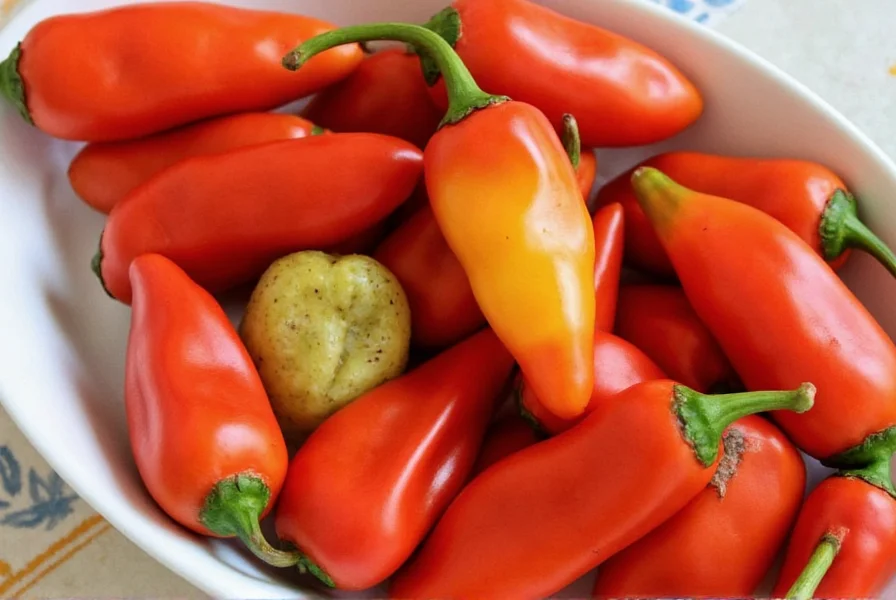
But beyond just heat, the habanero brings complexity to the table — quite literally. From sauces to salsas, soups to marinades, this pepper can elevate your cooking if you know how to handle it. In this article, we’ll walk you through everything you need to know about working with habaneros — including tips, tricks, and product recommendations that will keep your taste buds dancing and your kitchen safe.
Habanero Heat: What Makes It So Fiery?
The first thing people think about when they hear “habanero” is the Scoville scale. And rightfully so. This pepper ranges from 100,000 to 350,000 Scoville Heat Units (SHU), placing it firmly in the “hot” category — though not quite in the superhot league like the ghost pepper or Carolina Reaper.
| Pepper Type | Scoville Heat Units (SHU) |
|---|---|
| Bell Pepper | 0 |
| Jalapeño | 2,500–8,000 |
| Serrano | 10,000–23,000 |
| Habanero | 100,000–350,000 |
| Ghost Pepper | ~1,000,000 |
| Carolina Reaper | 1,400,000–2,200,000 |
What’s unique about the habanero is the way it builds heat. Unlike jalapeños, which offer a slow, lingering burn, habaneros hit fast and sharp, often causing your eyes to water and your nose to run before you've even swallowed. But here’s the kicker — the heat doesn’t last forever, making it a perfect choice for those who want intensity without an all-day inferno.
Flavor First: The Tropical Twist Behind the Burn
While many peppers are defined solely by their heat, the habanero stands out because of its complex flavor profile. If you close your eyes and take a bite (assuming you’re seasoned enough!), you’ll notice hints of tropical fruit — think mango, papaya, and even apricot — along with subtle floral and earthy notes.
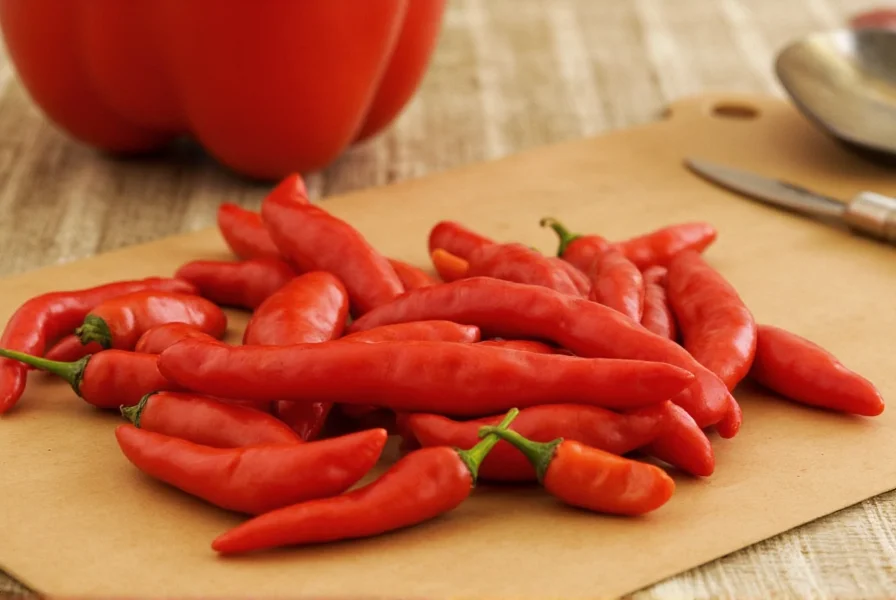
This fruity depth makes the habanero incredibly versatile. You’ll find it in hot sauces, salsas, and even desserts. Whether you're bottling homemade sauce or experimenting with smoked chilies, the habanero delivers both kick and character.
Handling with Care: How to Avoid the Habanero Hurt
Let’s be real — messing with habaneros can hurt. Capsaicin, the compound responsible for the heat, clings to skin, surfaces, and even the air around you. Here are some practical tips to stay safe:
- Wear gloves — Seriously, don't skip this. Capsaicin sticks to your skin and can easily transfer to your eyes, nose, or lips.
- Avoid touching your face — Even if you're not cutting the chilies, capsaicin residue can cause irritation.
- Use ventilation — When chopping or roasting habaneros, open windows or turn on the exhaust fan to avoid breathing in spicy fumes.
- Rinse hands with milk or vinegar — If you forget gloves, wash your hands with milk or vinegar instead of water — water spreads the oil, while dairy binds to it.
- Store carefully — Keep fresh habaneros in a cool, dry place or freeze them whole for future use.
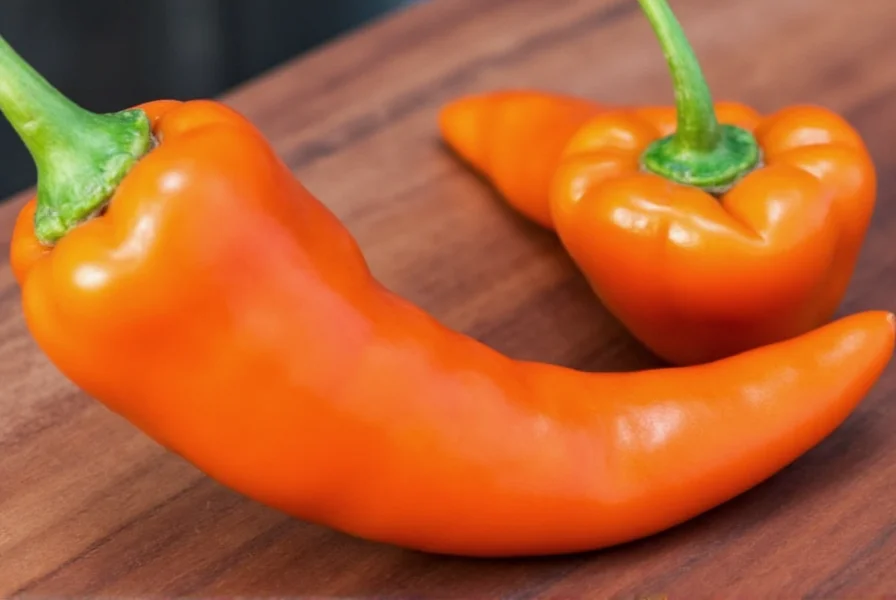
From Garden to Plate: Cooking Like a Habanero Pro
Ready to bring some habanero magic into your kitchen? Let’s explore a few ways to use this powerhouse ingredient effectively:
- Habanero Hot Sauce: Blend roasted habaneros with garlic, lime juice, vinegar, and a bit of salt. Bottle it up and store in the fridge for daily kicks.
- Fruit Salsa: Combine diced mango, red onion, cilantro, lime, and finely chopped habanero for a sweet-and-spicy topping.
- Smoked Habanero Marinade: Mix pureed habanero with cumin, smoked paprika, olive oil, and soy sauce for a bold steak or chicken rub.
- Candied Habanero Rings: Yes, really! Coat thin slices in sugar syrup for a sweet-hot garnish.
- Dessert Infusion: Try adding a tiny amount to chocolate-based desserts for a surprising kick.
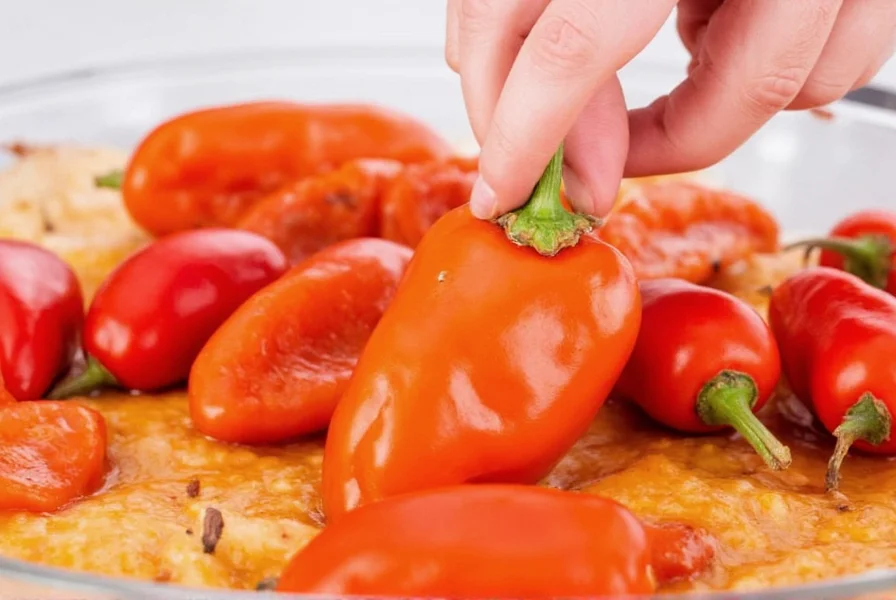
Buying Guide: Choosing the Best Habaneros and Products
Whether you're picking fresh chilies at the market or buying bottled products online, knowing what to look for makes a big difference. Here’s your ultimate guide to finding the best habanero products:
1. Fresh Habaneros
- Features: Available in green, orange, red, white, and even purple hues depending on ripeness.
- Advantages: Full control over preparation, ideal for roasting, pickling, or DIY sauces.
- Use Cases: Making homemade salsa, marinades, or spice pastes.
- Target Audience: Home cooks, foodies, DIY spice lovers.
- Best For: People who enjoy customizing their spice levels.
2. Habanero Hot Sauces
- Features: Pre-made, bottled, and shelf-stable. Often blended with other ingredients like mango, lime, or tamarind.
- Advantages: Convenient, flavorful, and consistent in heat level.
- Use Cases: Tacos, eggs, burgers, or as a dip base.
- Target Audience: Busy cooks and spice enthusiasts looking for quick flavor.
- Best For: Anyone wanting to add instant heat without prep work.
3. Dried Habanero Chilies
- Features: Dehydrated versions of fresh chilies; concentrated flavor and heat.
- Advantages: Long shelf life, easy storage, perfect for grinding into powder or rehydrating.
- Use Cases: Mole sauces, stews, spice blends.
- Target Audience: Serious home chefs, Latin American cuisine lovers.
- Best For: Deep, smoky flavor profiles and longer-term storage.
4. Habanero Powders & Seasonings
- Features: Ground dried habanero or seasoning mixes containing habanero.
- Advantages: Easy to sprinkle into dishes, blend into rubs, or incorporate into baking.
- Use Cases: Grilling, popcorn, Bloody Mary rimming salt, cookies!
- Target Audience: Adventurous bakers, mixologists, BBQ enthusiasts.
- Best For: Adding controlled heat without liquid content.
5. Pickled Habanero Rings
- Features: Thinly sliced, pickled habaneros in brine.
- Advantages: Tangy, crunchy, and long-lasting. Ready to eat or add to sandwiches and tacos.
- Use Cases: Sandwiches, nachos, pizza toppings.
- Target Audience: Gourmands, charcuterie lovers, taco fiends.
- Best For: Texture and flavor boosters in everyday meals.
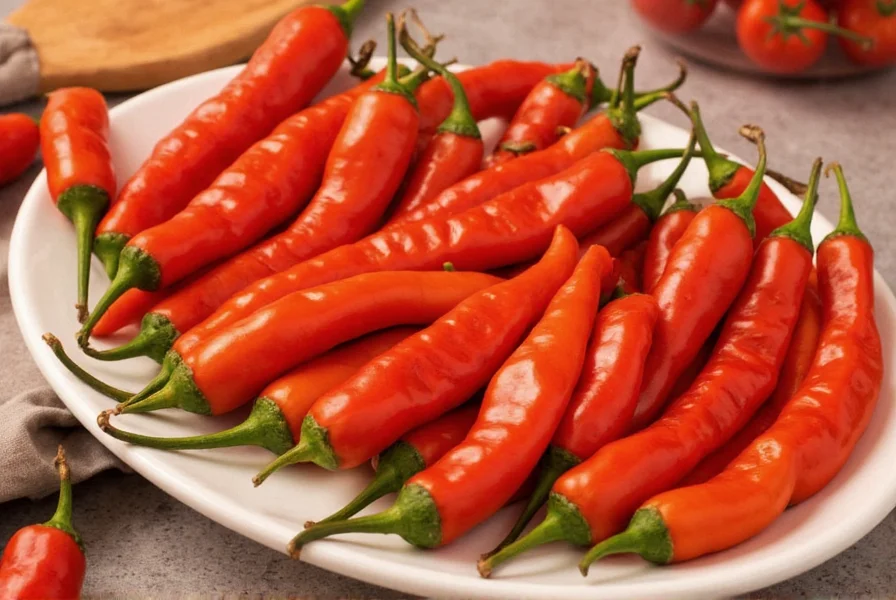
Final Thoughts: Embrace the Heat, Respect the Habanero
The habanero chili isn’t just a spice — it’s an experience. With its fiery punch and nuanced flavor, it deserves a spot in every adventurous kitchen. Whether you're blending your own sauce or reaching for a trusted bottle, remember to respect the heat but also celebrate the flavor.

By mastering how to handle, cook with, and choose the right habanero products, you’ll unlock a world of culinary creativity. So next time you see those bright orange or red little peppers staring back at you from the produce aisle — don’t blink. Grab a pair of gloves, channel your inner firemaster, and let the habanero do its thing.











 浙公网安备
33010002000092号
浙公网安备
33010002000092号 浙B2-20120091-4
浙B2-20120091-4